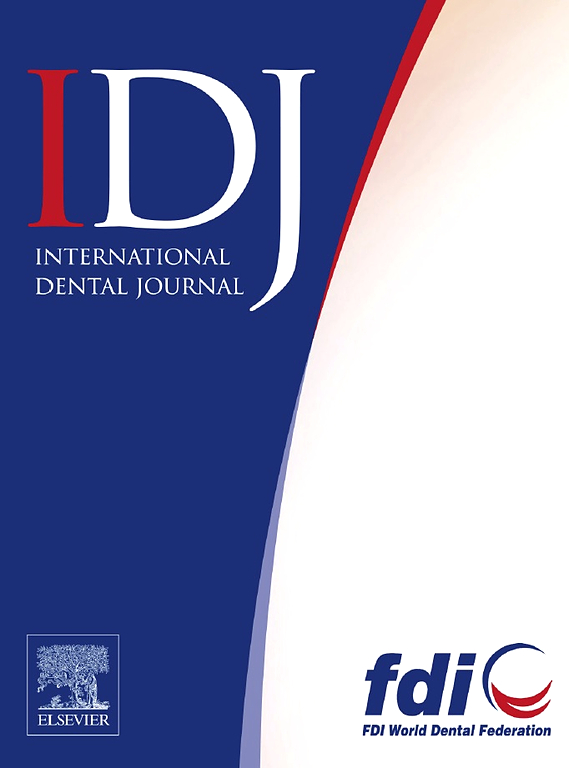AI-Driven Dental Caries Management Strategies: From Clinical Practice to Professional Education and Public Self Care
IF 3.2
3区 医学
Q1 DENTISTRY, ORAL SURGERY & MEDICINE
引用次数: 0
Abstract
Dental caries is one of the most prevalent chronic diseases among both children and adults, despite being largely preventable. This condition has significant negative impacts on human health and imposes a substantial economic burden. In recent years, scientists and dentists have increasingly started to utilize artificial intelligence (AI), particularly machine learning, to improve the efficiency of dental caries management. This study aims to provide an overview of the current knowledge about the AI-enabled approaches for dental caries management within the framework of personalized patient care. Generally, AI works as a promising tool that can be used by both dental professionals and patients. For dental professionals, it predicts the risk of dental caries by analyzing dental caries risk and protective factors, enabling to formulate personalized preventive measures. AI, especially those based on machine learning and deep learning, can also analyze images to detect signs of dental caries, assist in developing treatment plans, and help to make a risk assessment for pulp exposure during treatment. AI-powered tools can also be used to train dental students through simulations and virtual case studies, allowing them to practice and refine their clinical skills in a risk-free environment. Additionally, AI tracks brushing patterns and provides feedback to improve oral hygiene practices of the patients and the general population, thereby improving their understanding and compliance. This capability of AI can inform future research and the development of new strategies for dental caries management and control.
人工智能驱动的龋齿管理策略:从临床实践到专业教育和公众自我保健
龋齿是儿童和成人中最普遍的慢性疾病之一,尽管在很大程度上是可以预防的。这种情况对人类健康产生重大负面影响,并造成沉重的经济负担。近年来,科学家和牙医越来越多地开始利用人工智能(AI),特别是机器学习来提高龋齿管理的效率。本研究旨在概述当前关于个性化患者护理框架内的龋齿管理人工智能方法的知识。一般来说,人工智能是一种很有前途的工具,牙科专业人员和患者都可以使用。针对牙科专业人员,通过分析龋齿风险和保护因素,预测龋齿风险,制定个性化的预防措施。人工智能,特别是基于机器学习和深度学习的人工智能,还可以通过分析图像来检测蛀牙的迹象,协助制定治疗计划,并帮助评估治疗过程中牙髓暴露的风险。人工智能工具还可以通过模拟和虚拟案例研究来培训牙科学生,使他们能够在无风险的环境中练习和完善他们的临床技能。此外,人工智能跟踪刷牙模式并提供反馈,以改善患者和一般人群的口腔卫生习惯,从而提高他们的理解和依从性。人工智能的这种能力可以为未来的研究和龋齿管理和控制的新策略的发展提供信息。
本文章由计算机程序翻译,如有差异,请以英文原文为准。
求助全文
约1分钟内获得全文
求助全文
来源期刊

International dental journal
医学-牙科与口腔外科
CiteScore
4.80
自引率
6.10%
发文量
159
审稿时长
63 days
期刊介绍:
The International Dental Journal features peer-reviewed, scientific articles relevant to international oral health issues, as well as practical, informative articles aimed at clinicians.
 求助内容:
求助内容: 应助结果提醒方式:
应助结果提醒方式:


